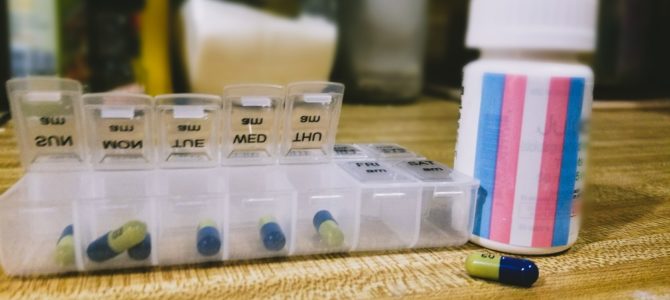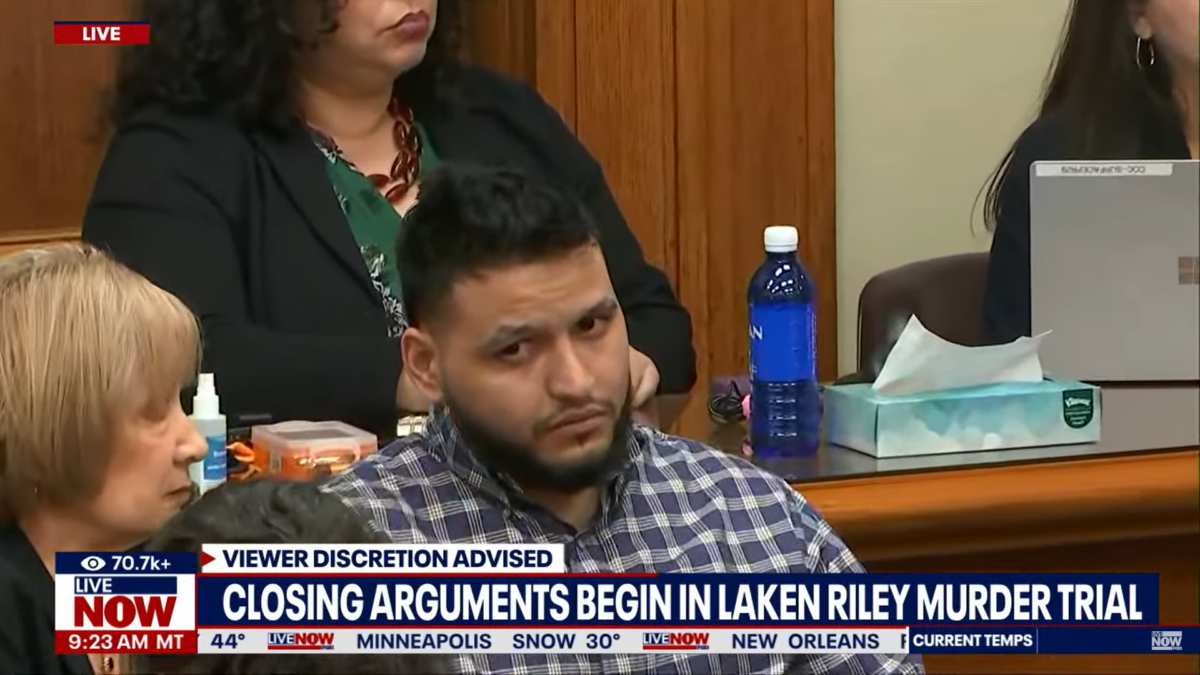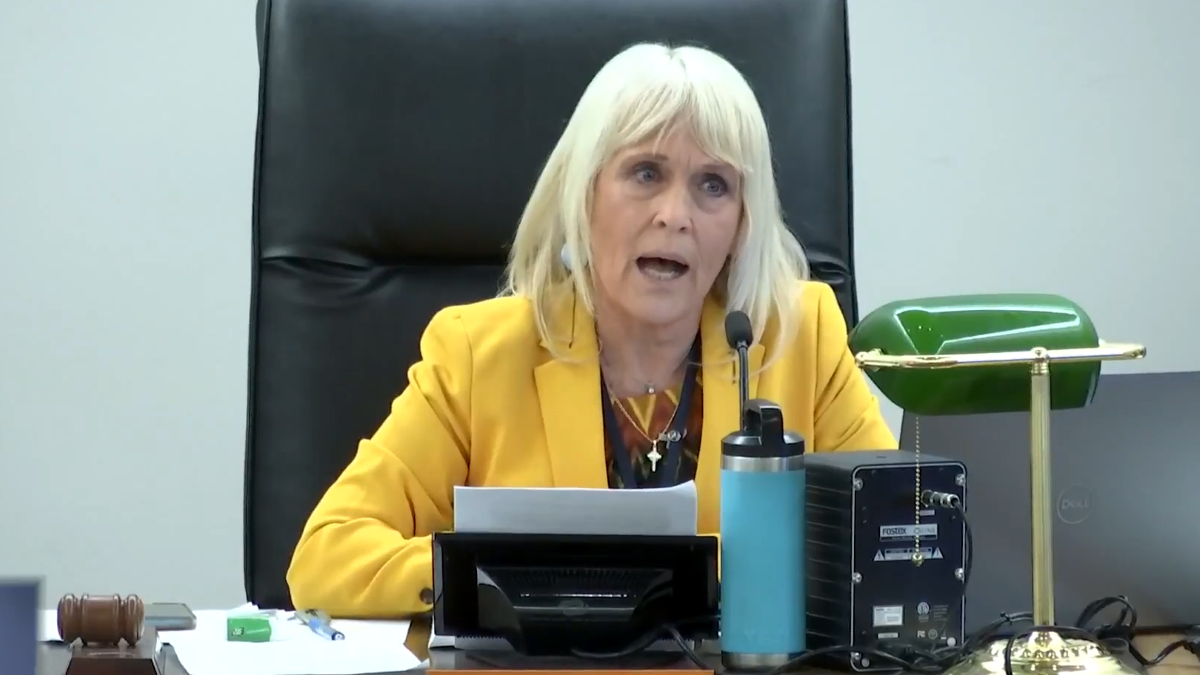
Deeper investigation into the pioneering transgender-“affirming” pediatrician Dr. Johanna Olson-Kennedy uncovers troubling information. Olson-Kennedy is the picture of what happens when a physician values political advocacy to the detriment of medical ethics and professionalism.
Numerous physicians (see here and here) have cautioned against administering extraordinary medical treatments to patients who suffer from “gender dysphoria.” These doctors recognize that an individual who is confused about his or her sex has a psychological problem that will not be resolved, and may be exacerbated, by so-called “gender-affirming treatment” (GAT)—drugs, hormones, and surgery to mimic the appearance of the opposite sex.
Olson-Kennedy disagrees. As medical director for The Center for Transyouth Health and Development at Children’s Hospital Los Angeles, she channels young patients onto the lifelong GAT express without requiring that they first undergo psychotherapy to explore the source of the gender confusion. “I don’t send someone to therapy when I’m going to start them on insulin,” she says.
Could it be that Olson-Kennedy’s patients (except for rejecting their biological sex and therefore their very essence) seem perfectly normal with no obvious signs of mental disorder? In fact, a presentation she made at a “Gender Infinity” conference in 2015 shows exactly the opposite, and raises troubling questions about how a physician can ethically herd these young patients into radical and potentially life-destroying medical treatment.
I Lost 40 Percent of My Patients, But They’re Fine
At that conference Olson-Kennedy described the mental-health struggles of her cohort of patients. “Thirty percent of my sample had moderate to severe depression symptoms. Thought about suicide, 49 percent. . . . Attempted suicide, over 30 percent. . . . A lot of drug use . . . A lot of kids were sexually active, and a not insignificant number of my kids have actually done . . . sex work [prostitution].” Many patients, she reported, have been homeless or in foster care.
Olson-Kennedy also admitted that 40 percent of her patients, to whom presumably she administered GAT, were “lost” to follow-up since her previous study. Are these kids still even alive? We’ll never know, but the good doctor apparently is content to assume the best.
All these troubled patients are the ones Olson-Kennedy says don’t necessarily need psychotherapy before she starts pumping them full of drugs and hormones and recommends they mutilate their bodies. Some of these children were prostitutes, for crying out loud.
If any data suggests serious underlying mental-health issues, this would be it. But to Olson-Kennedy, these pathologies point not to kids screaming for help but rather to the urgency of medically destabilizing them further so that they’ll have a bizarre new set of problems.
The Patient Is Always Right, But Not Always Her Parents
Olson-Kennedy explained her worldview in a 2015 interview. Recalling her first exposure to the idea of using potentially dangerous drugs to block normal puberty in young patients, she said, “I was really moved by the idea that, as a pediatrician, I could do this miraculous thing for people and help them live authentically.”
She described the satisfaction of using her medical skills to change human bodies in experimental ways to advance a political agenda: “I’ve always been involved in social-justice movements, and this idea that my training as a physician could play a role in a human-rights movement was very compelling to me.” When medical practice becomes a social-justice mission rather than a restoration of good health, shortcuts become more acceptable.
A key tenet of this treatment model (described by one critical psychiatrist as the “minority rights” model) is that the patient is always right. If the child or adolescent believes himself or herself to be the opposite sex, the physician must accept that and act accordingly.
In a presentation to parents in 2017, Olson-Kennedy suggested that the gap between what the dysphoric patient wants (immediate GAT) and what his or her parents want (delay, with psychotherapy) should always be bridged in favor of the child’s desires:
[When] the parent desperately wants you, the provider, to close that gap by pushing their kid backwards . . . you as a professional know you have to close that gap by pushing them forward and keeping them. You want to keep them because you want them to give consent and be supportive.
Olson-Kennedy carries out her mission in tandem with her transgender spouse, licensed clinical social worker Aydin Olson-Kennedy (a woman living as a man). Aydin’s function seems to be primarily to act as a liaison between her gender-confused clients and the medical clinics (including Olson-Kennedy’s) that will take it from there.
Aydin’s office assures kids in a hurry that mental-health evaluation is low on the totem pole if they want to engage in permanent experimentation on their bodies. Her practice’s website states that all therapists there are able to write letters of recommendation for surgery, but “[t]he medical clinics we refer people to for hormones use an informed consent model and do not require letters of support from mental-health providers.”
So if a child needs a letter from a therapist to undergo surgery—and some doctors are performing surgeries such as double mastectomies on healthy patients as young as 13—Aydin and her colleagues are there to serve. But for hormones, which also will have permanent and sometimes highly damaging effects, no letter is required by the medical clinics to which these dysphoric youngsters are referred. Johanna’s clinic is presumably at the top of the referral list.
Don’t Think or Question, Just Do What We Say
The “informed consent model” referenced as the reason no psychological evaluation is needed comes from an organization called Informed Consent for Access to Trans Health (ICATH) and essentially restates the “minority rights” model:
Transgender, intersex and gender non-conforming people are not required to attend therapy to receive desired gender confirming health care. No one should have to go to therapy to prove their true gender, or to get permission to change their bodies.
Transgender, intersex and gender non-conforming people are able to decide what is best for themselves and their bodies, and when.
Therapy is an option, not a requirement, for accessing gender confirming health care.
The possibility that the gender dysphoria has a psychological basis that should be explored before medical treatment is administered is simply dismissed.
How do professionals like the Olson-Kennedys rationalize what they’re doing? In light of their own data about the mental-health issues plaguing this population, and of studies showing the longer-term dangers of GAT, how do they justify their practices?
Never underestimate humanity’s ability to rationalize bad behavior. Transgender radicals have come up with a simple and non-falsifiable explanation for all mental-health struggles of the dysphoric population: lack of support, especially from family, and discrimination by society at large. If not for that, they claim, the dysphoric kids would be happy and mentally healthy. Yet studies showing that patients who undergo GAT are still tragically suicidal, even in the most transgender-affirming countries on the planet (for example, Sweden), are simply dismissed.
So neither depression nor self-harm nor suicide attempts nor drug use nor homelessness nor even prostitution should make an Olson-Kennedy say, Slow down, you have a lot to work on before this GAT conversation goes any further. That approach would throw a wrench into the gears of the GAT machine that not only advances the aims of social-justice radicals but makes certain physicians, psychotherapists, and drug companies a boatload of money.
Maybe medical-malpractice lawyers will soon begin to target some of that money. In the meantime, it’s a scandal that Olson-Kennedy and her comrades are allowed to continue experimenting on kids whose mental-health crises are obvious to anyone not blinded by ideology.









